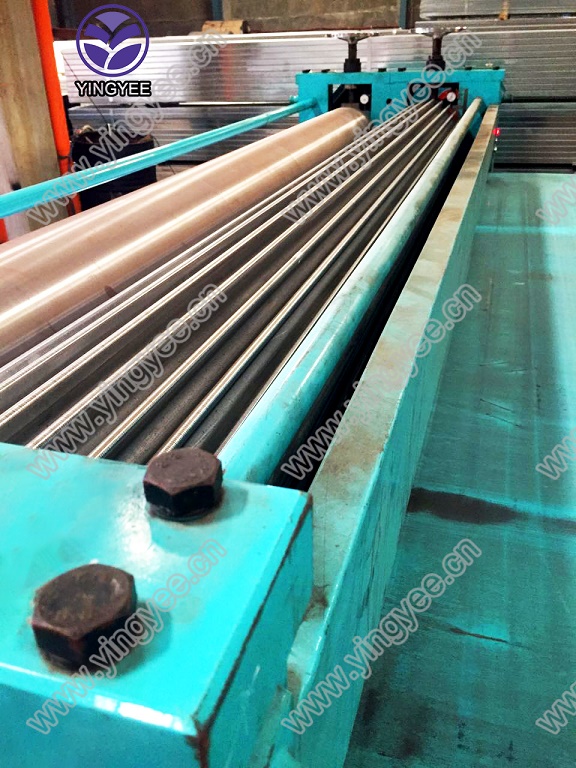
The Cold Bending Machine Revolutionizing Crash Barrier Manufacturing
In the realm of civil engineering and road safety, crash barriers are crucial components designed to protect vehicles and their occupants in the event of an accident. These barriers are essential for mitigating the severity of crashes, guiding vehicles back onto the road, and preventing them from veering into dangerous areas. As the demand for innovative and efficient crash barrier manufacturing methods grows, the cold bending machine emerges as a groundbreaking solution that transforms the production process.
Understanding Cold Bending Technology
Cold bending refers to the process of deforming metals at room temperature, which avoids the need for heating the material to achieve the desired shape. This technique is particularly advantageous for producing crash barriers, as it maintains the intrinsic properties of the metal, preserving its strength and structural integrity. It allows manufacturers to create complex shapes with high precision and minimal waste. The cold bending machine plays a pivotal role in this process, enabling the seamless transformation of raw metal sheets into robust, precisely engineered components.
Advantages of Cold Bending Machines
One of the foremost advantages of cold bending machines is their ability to enhance productivity while reducing manufacturing costs. Traditional bending methods often require extensive labor and high energy consumption due to the heating required for metal deformation. In contrast, cold bending machines operate efficiently, allowing for faster production rates and lower operational costs.
Furthermore, the use of cold bending technology minimizes material waste. The ability to precisely shape metal components significantly reduces the need for secondary processes, such as cutting and grinding, which can generate excess scrap material. This not only lowers production costs but also aligns with the growing emphasis on sustainability in manufacturing, making it a more environmentally friendly option.
Precision Engineering in Crash Barriers

The design of crash barriers demands high precision and accuracy, as these components must meet specific safety standards and regulations. Cold bending machines are equipped with state-of-the-art technology, such as computer numerical control (CNC) systems, which enable precise adjustments and configurations during the bending process. This level of accuracy ensures that the finished products fit seamlessly into highway systems and can perform effectively in real-world scenarios.
Moreover, cold bending machines can accommodate various types of metals, including steel, aluminum, and composites. This versatility allows manufacturers to tailor crash barriers to specific applications, such as urban environments, highways, and construction sites. The ability to produce custom designs in response to different safety requirements further underscores the significance of cold bending technology in this industry.
The Future of Crash Barrier Manufacturing
As the construction and automotive industries evolve, the need for advanced manufacturing technologies will continue to rise. Cold bending machines represent a significant leap forward in crash barrier production, combining efficiency, sustainability, and precision. With ongoing advancements in technology, including intelligent automation and enhanced material science, the future of crash barrier manufacturing seems promising.
Additionally, the integration of digital solutions and data analytics can further optimize the production process. By monitoring performance metrics and identifying areas for improvement, manufacturers can continuously refine their operations, ensuring that crash barriers not only meet but exceed safety expectations.
Conclusion
In conclusion, the cold bending machine stands out as a transformative tool in the manufacturing of crash barriers. Its ability to produce high-quality, precisely engineered components efficiently and sustainably paves the way for improved road safety. As technology continues to advance, the cold bending process will likely play an increasingly vital role in the development of innovative solutions that address the growing demands of modern infrastructure. Embracing cold bending technology is not just a matter of enhancing productivity; it represents a commitment to safety and engineering excellence in an ever-evolving landscape.